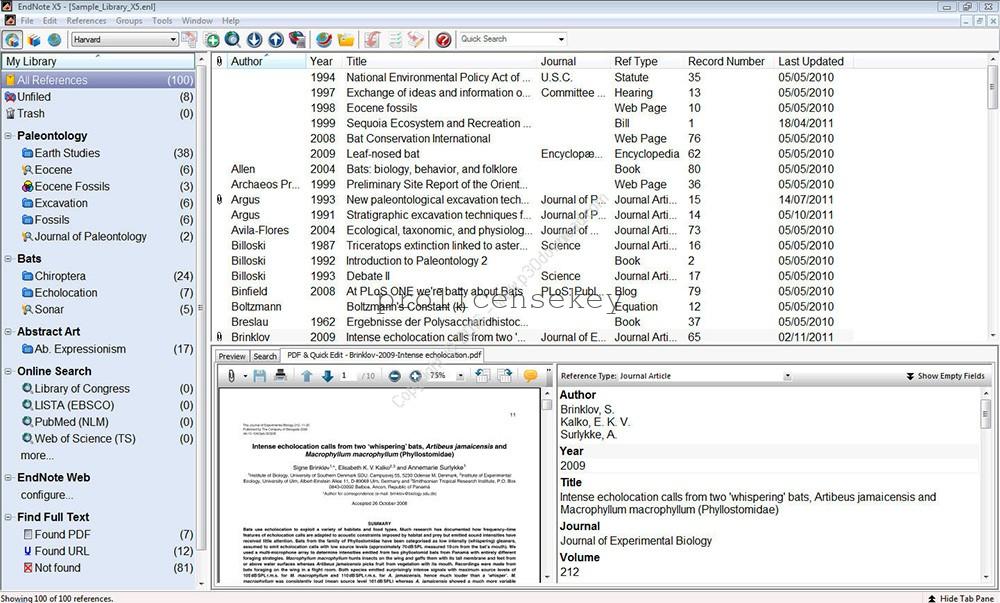

3, 5 A hollow microneedle with a length similar to the thickness of the sclera can be used to reliably access the SCS while preventing penetration deeper into the eye. 3, 13 Access to the SCS is possible via surgical procedures of varying complexity 6, 7, 14 – 18 and using microneedle injections that offer greater simplicity. 12 As a site of drug administration, delivery into the SCS is noted for high bioavailability at targeted tissues in posterior segment diseases, as well as fast clearance by the choroidal vasculature. Due to its close proximity to the ciliary body, choroid, retina, and sclera, this space has recently drawn attention as a site for targeted drug delivery, 1 – 7 placement of glaucoma drainage devices, 8 – 11 and implantation of retinal prostheses. The suprachoroidal space (SCS) is a potential space found between the sclera and choroid. Expansion of the SCS is hypothesized to be controlled by a balance between the viscous forces of the liquid formulation and the resistive biomechanical forces of the tissue. Increasing injection fluid viscosity significantly increased SCS thickness.

With low-viscosity formulations, SCS expands to a thickness that remains roughly constant, independent of the volume of fluid injected. In contrast, injections with 3% to 5% CMC solution resulted in SCS expansion to 2.3 to 2.8 mm over the course of 2.8 to 9.1 hours, after which the SCS collapsed to baseline with time constants of 4.5 to 9.2 days. After injection with HBSS, Discovisc, and 1% CMC solution, the SCS collapsed to baseline with time constants of 19 minutes, 6 hours, and 2.4 days, respectively. With SCS injections in vivo, the SCS initially expanded to thicknesses of 0.43 ± 0.06 mm with HBSS, 1.5 ± 0.4 mm with Discovisc, and 0.69 to 2.1 mm with 1% to 5% CMC. Increasing HBSS injection volume increased the area of expanded SCS, but did not increase SCS thickness ex vivo. Ultrasonography was used to track SCS thickness over time. Microneedle injections were performed in the rabbit SCS in vivo using HBSS, Discovisc, and 1% to 5% carboxymethyl cellulose (CMC) in HBSS. Distribution of SCS thickness was measured by ultrasonography and three-dimensional (3D) cryo-reconstruction.

Microneedle injections containing 25 to 150 μL Hanks' balanced salt solution (HBSS) were performed in the rabbit SCS ex vivo. This expedites the process of searching for an institution's total publication output.To determine the effect of injection volume and formulation of a microneedle injection into the suprachoroidal space (SCS) on SCS thickness and closure kinetics. We have unified over 5,000 institutions worldwide and there is ongoing work to unify many more.

Web of Science Core Collection is our premier resource on the platform and the world's most trusted citation index for scientific and scholarly research.


 0 kommentar(er)
0 kommentar(er)
